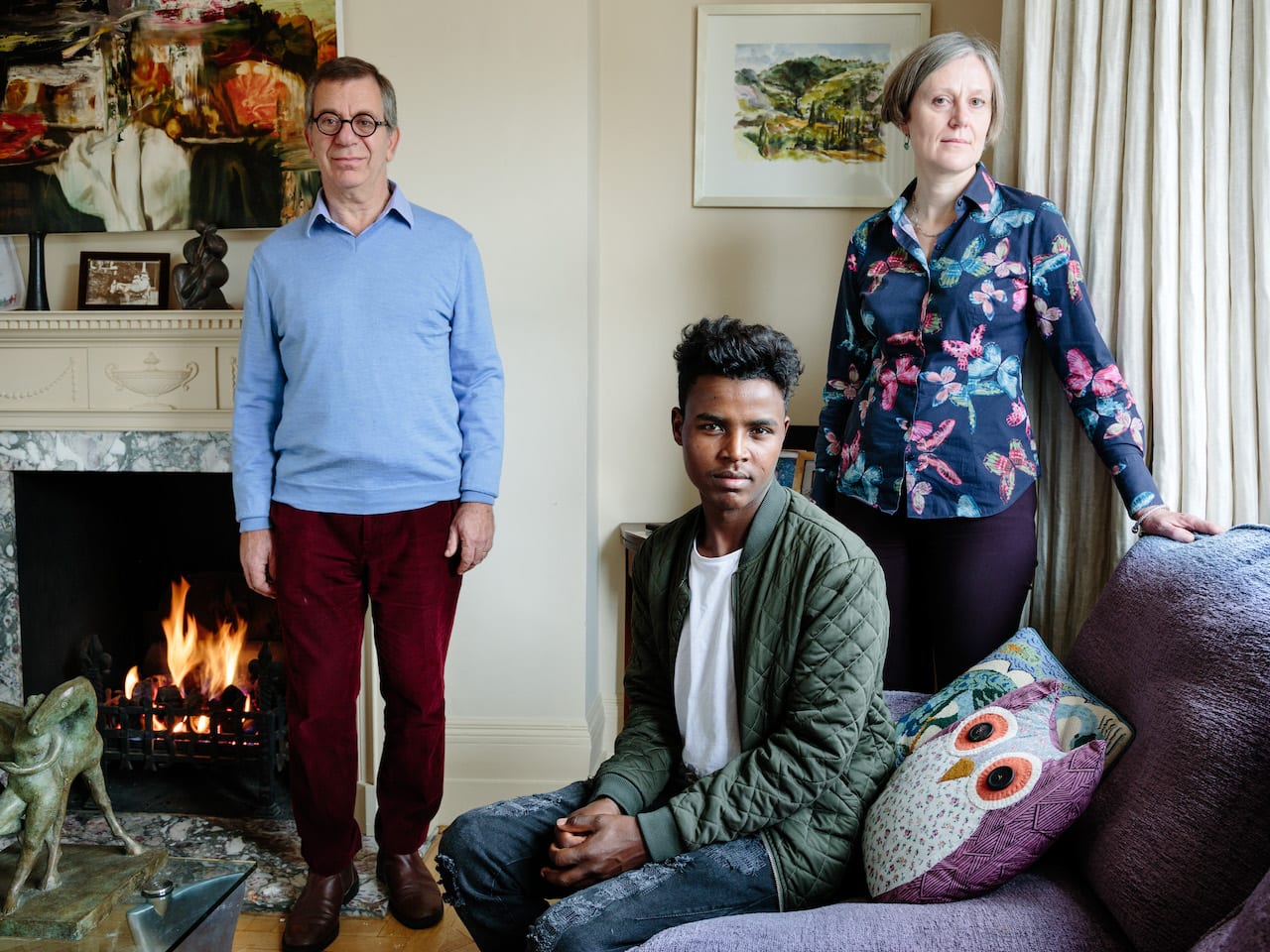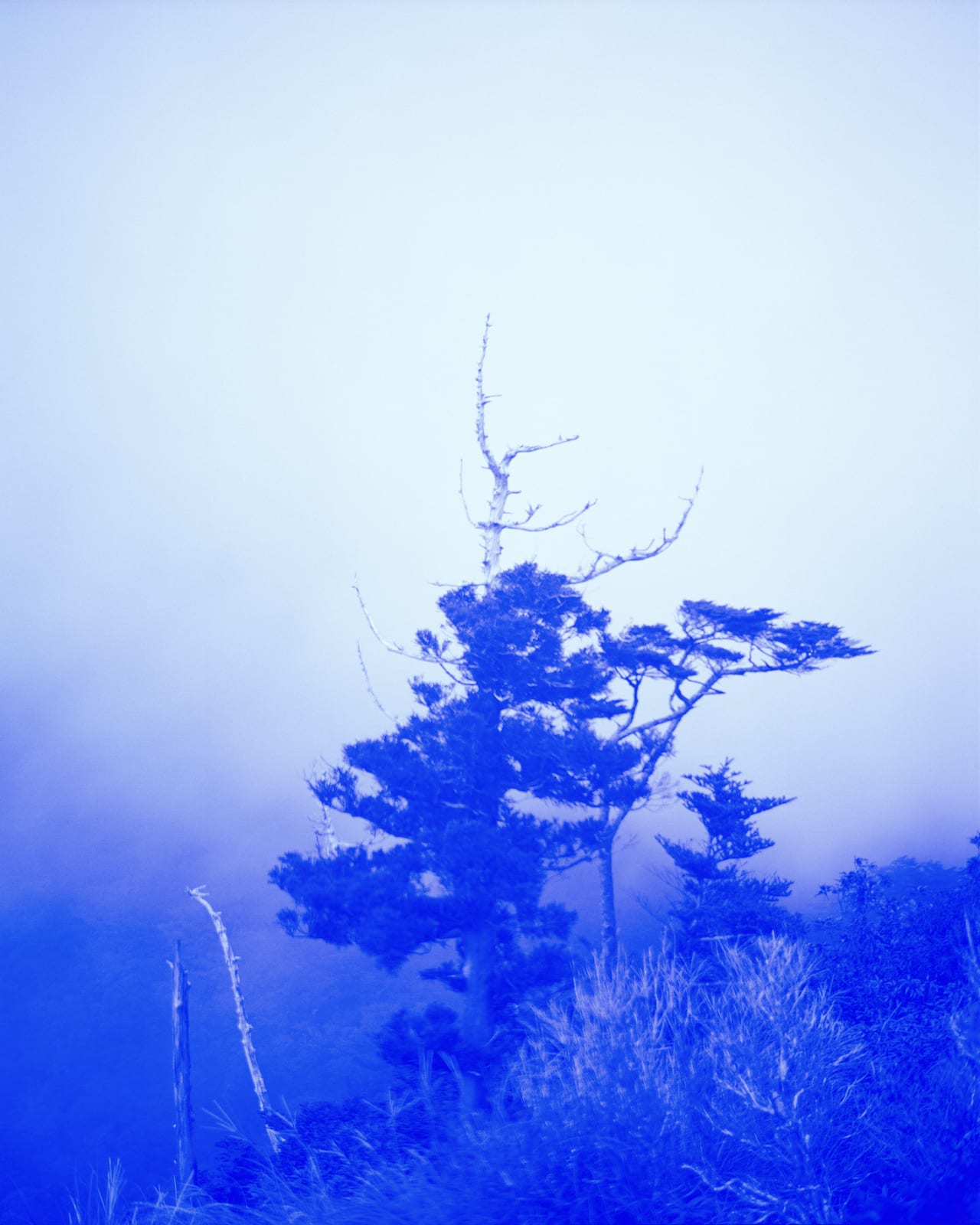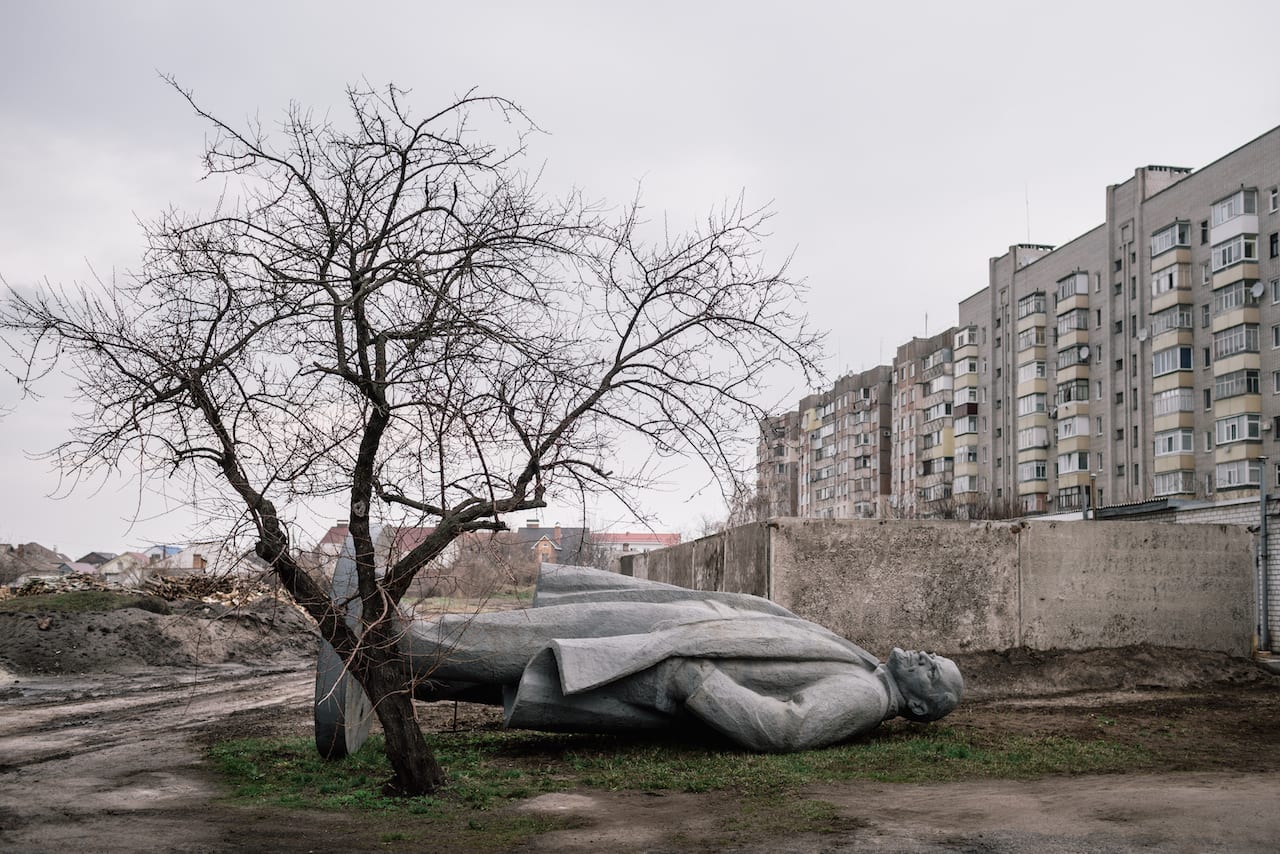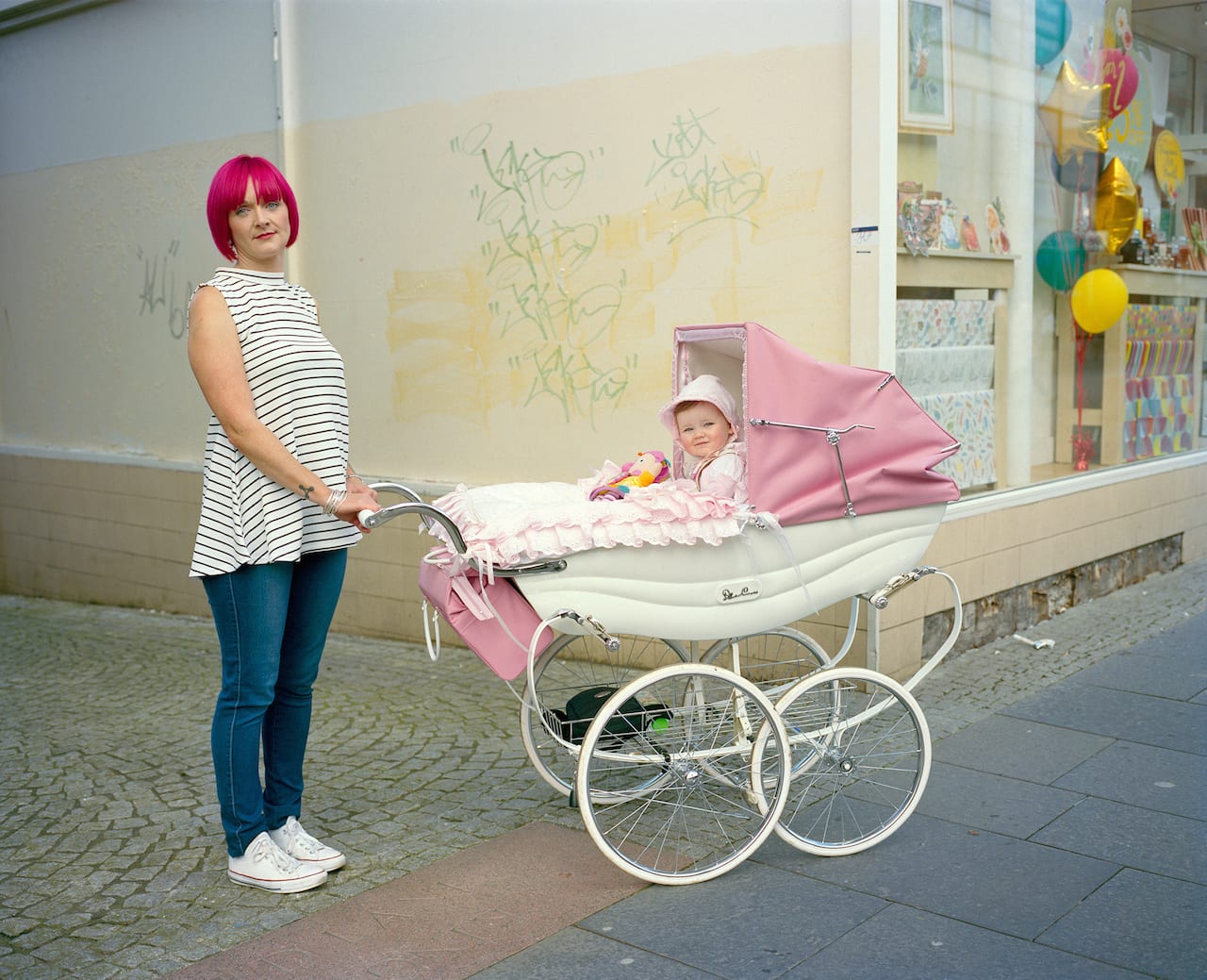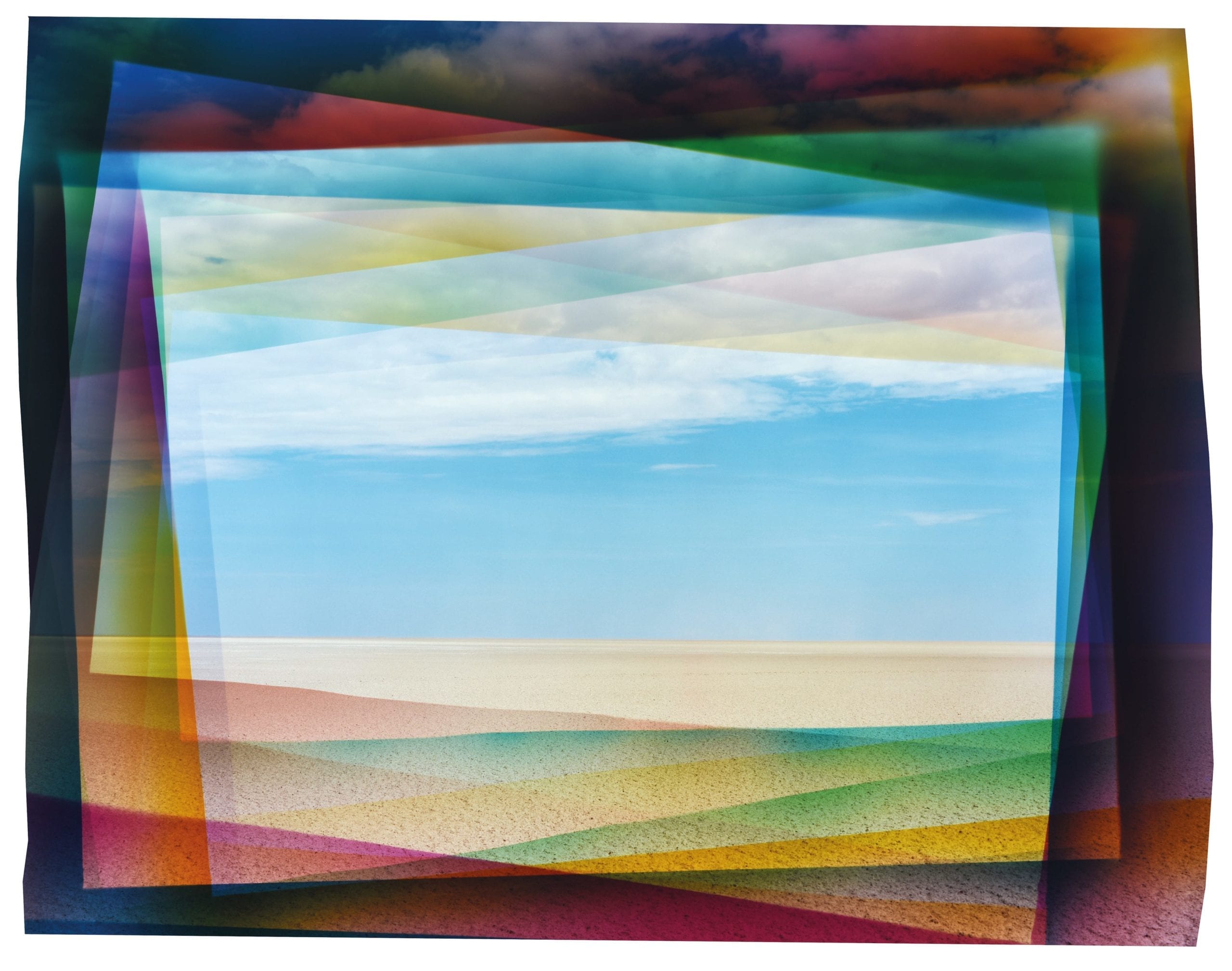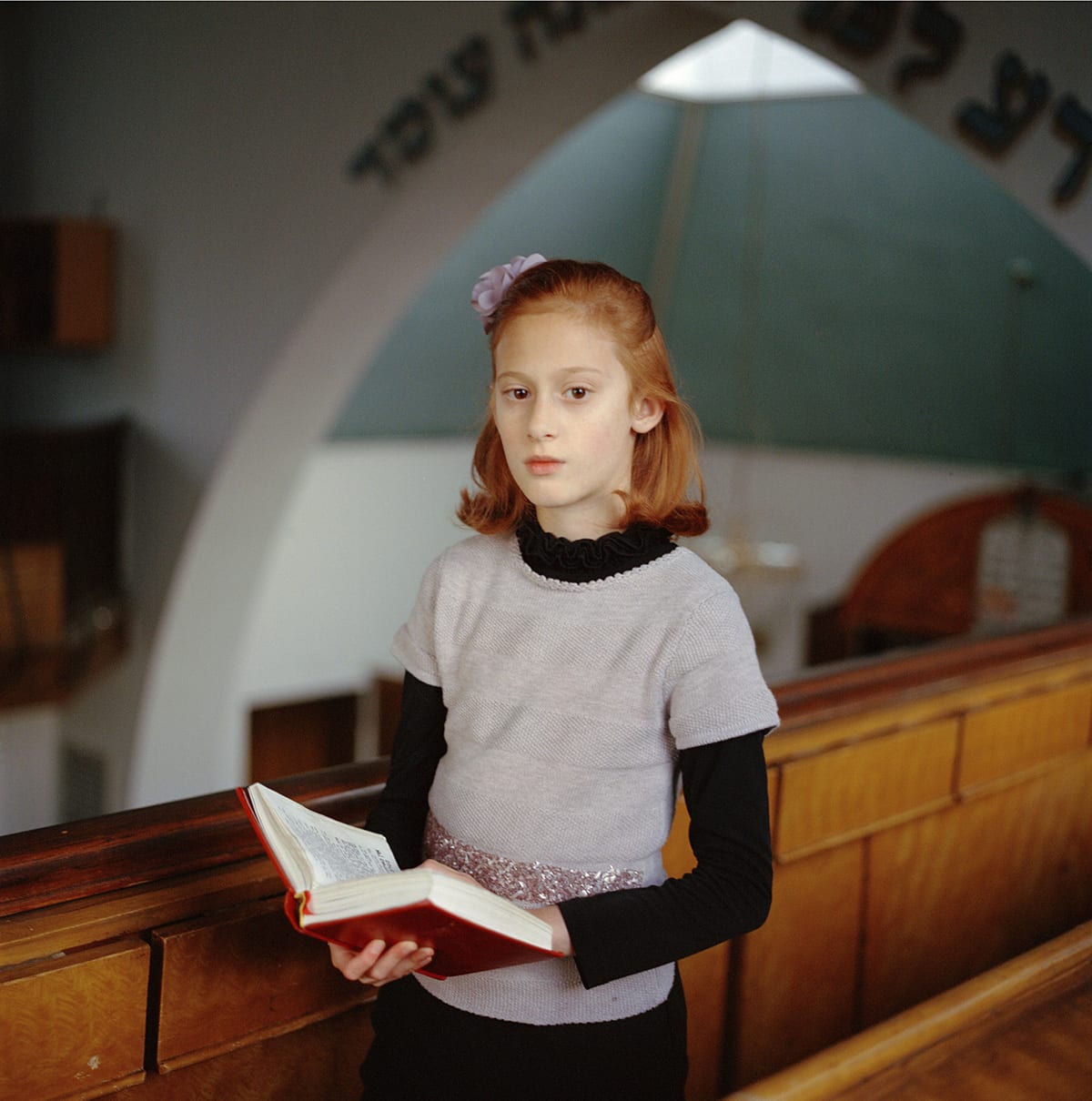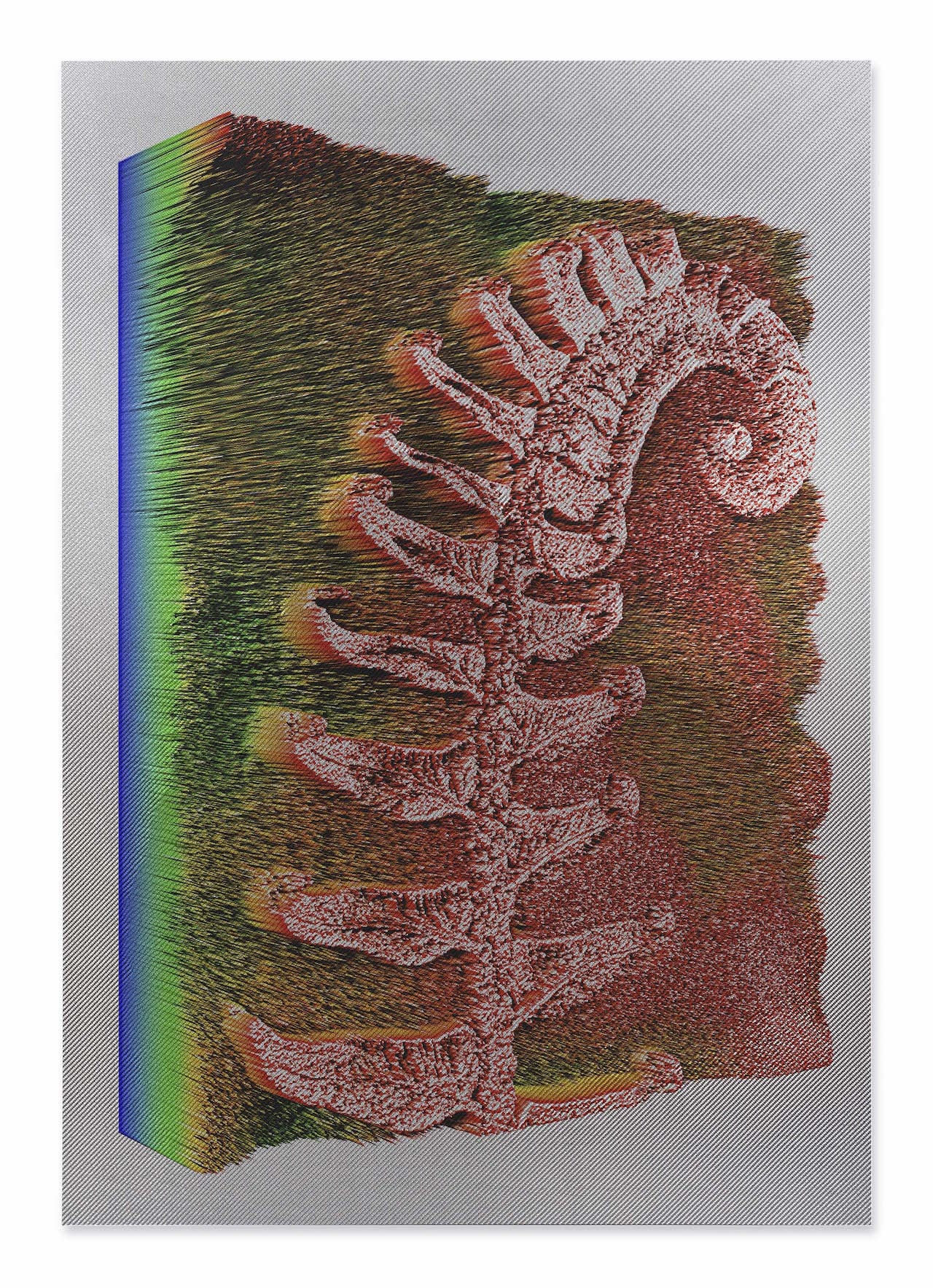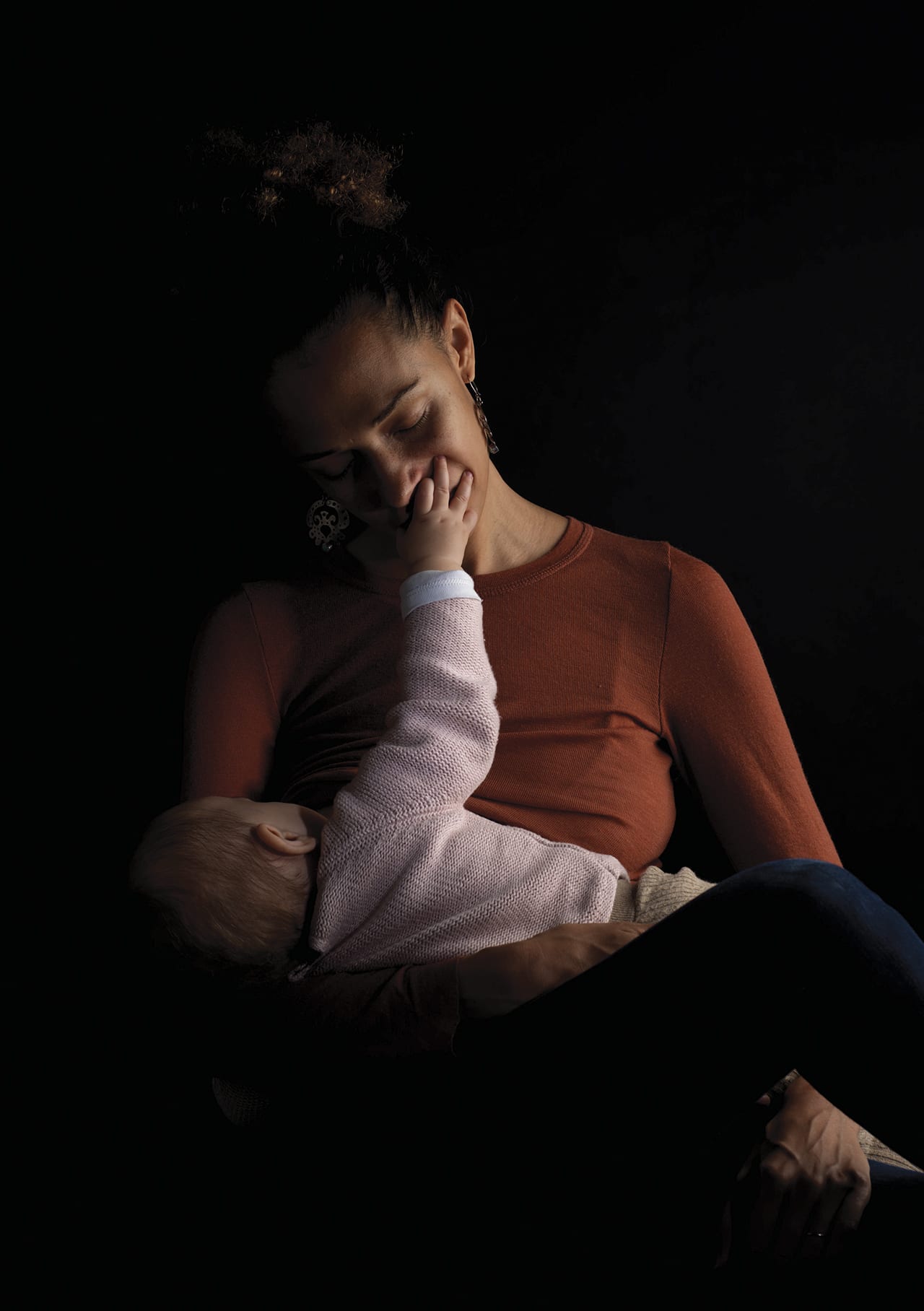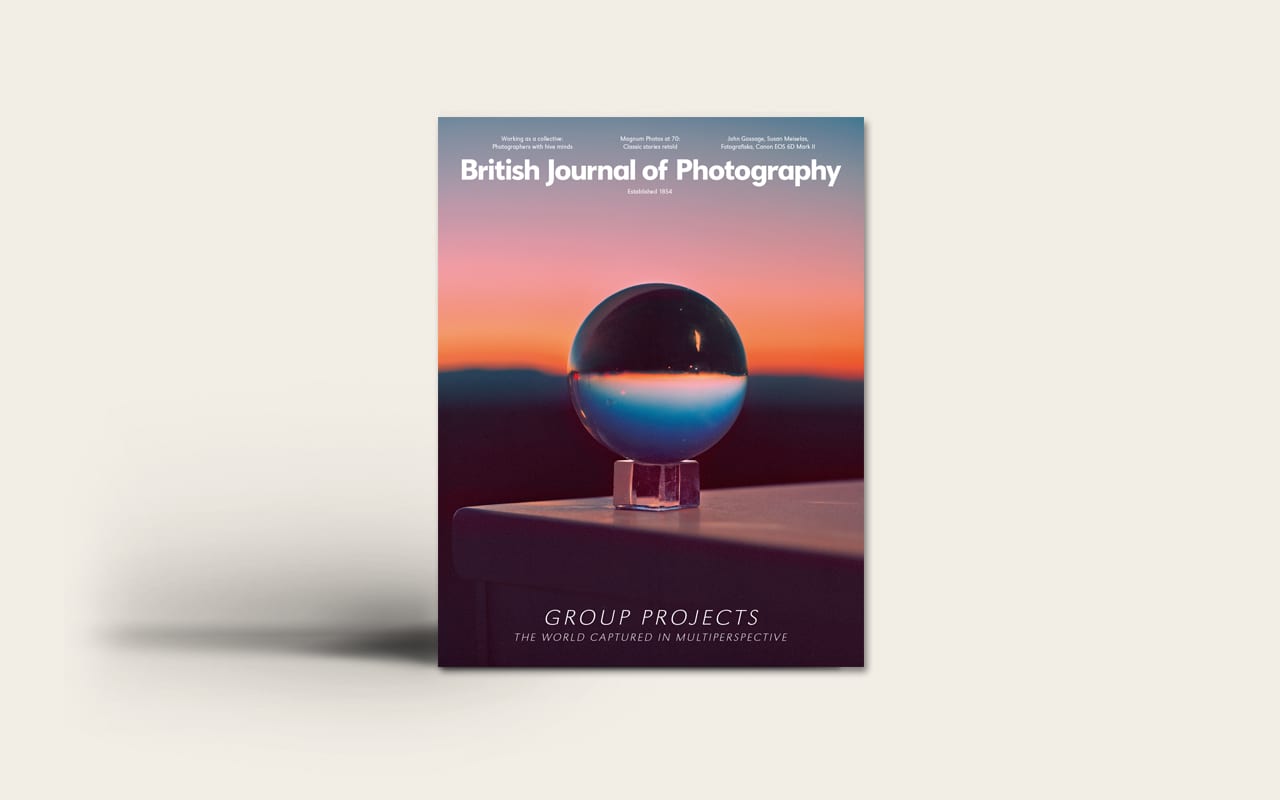Shot in peoples’ homes, these intimate portraits and their accompanying captions show how refugees and their hosts in Britain have learned to live together – and how both have benefitted from the arrangement. From a Syrian teenager who found a new home in Epsom to a 72-year-old Eritrean who evaded life on the streets thanks to a Birmingham couple, the collection shows acts of compassion – but also the human face of a refugee crisis so often portrayed in negative stereotypes. These refugees have brought warmth and happiness to their new homes, say the hosts involved in the project. “Even after everything he has been through he is such a gentle soul and such a lovely, positive person,” says Shoshana of Faraj, a devout young Muslim forced to flee Aleppo and now living with her and her family in Cambridge.
